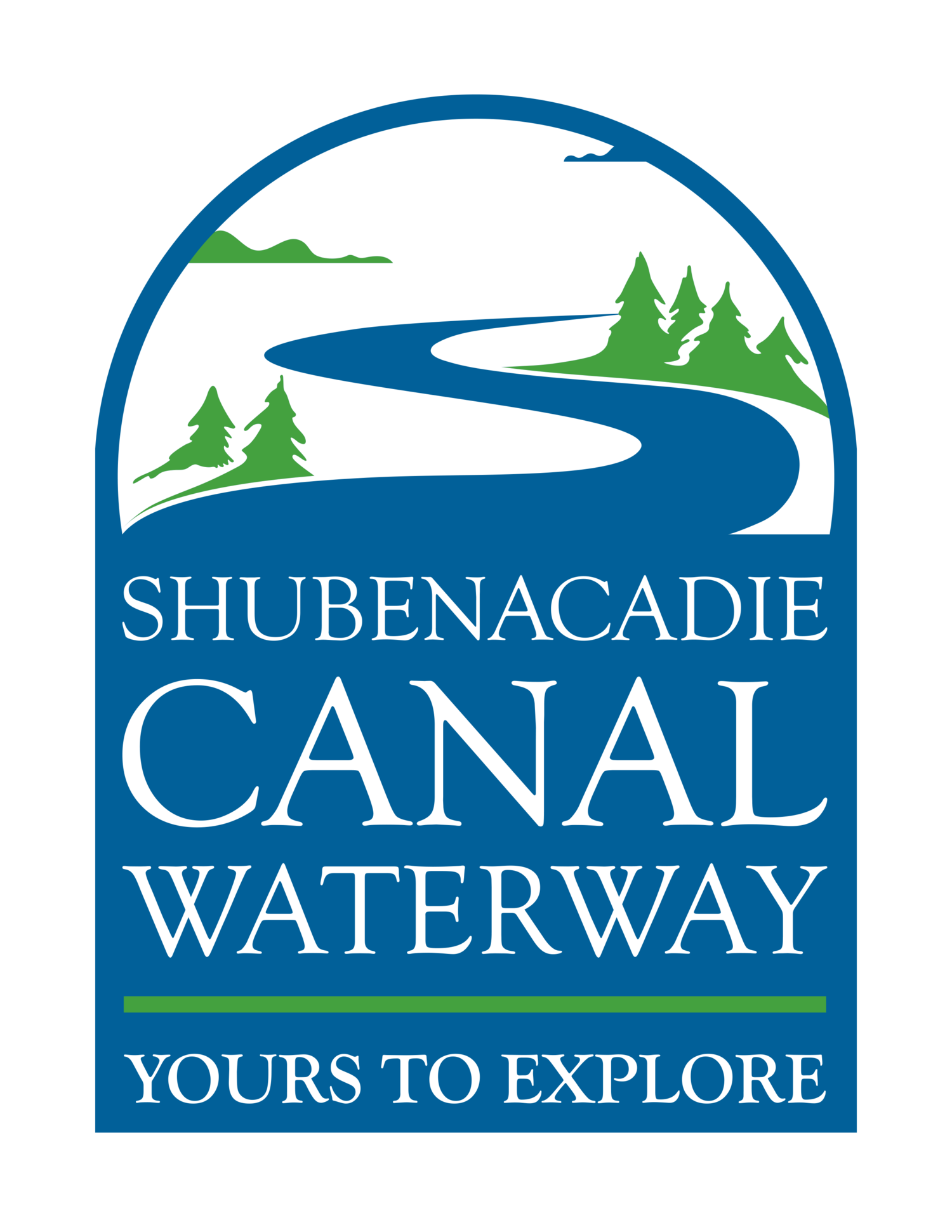Lake Thomas is located between the communities of Waverley and Fall River. The lake is bisected by Highway 102, which runs on a causeway built across its centre. A narrow channel on the western side of the causeway allows water to continue to flow from one half of the lake to the other while highway traffic zips by on the bridge overhead. This causeway makes Lake Thomas look like two separate lakes on modern maps.
Lake Thomas is connected to Lake William to the south via a short stream. This stream is also crossed by a road, specifically Trunk 2. When the Shubenacadie Canal was operating, Trunk 2 was a well-worn wagon road. A drawbridge over this stream could be raised to allow boats to travel across the canal or lowered to permit the passage of people and horses.
To make it easier for canal traffic to pass from one lake to the other, the level of Lake Thomas was artificially raised to equal that of Lake William. This was accomplished with a dam at the north end of Lake Thomas. Lock keeper William Michael King, who was responsible for the canal between Lake William and Grand Lake, had to make frequent adjustments to the dam to ensure the proper water levels were maintained.
One of the earliest industries in this area was a furniture factory, which was powered by a waterfall coming from Millers Lake. The discovery of gold in the 1860s saw the local economy rapidly expand. The Shubenacadie Canal played an important role in this business: materials and tools were transported from Dartmouth to Waverley via the canal, while gold-containing ore was shipped back to Dartmouth to be refined.
Around 1870, when traffic on the canal had collapsed due to competition from the Nova Scotia Railway, the Trunk 2 drawbridge was replaced with a fixed link. This prevented all but the smallest boats from passing from Lake William to Lake Thomas, driving another nail into the Shubenacadie Canal’s coffin. The situation for marine traffic is even worse today, as the modern Trunk 2 runs along concrete infill. With only a couple of small culverts allowing water to flow under the road, even canoeists and kayakers must now portage around this crossing.

